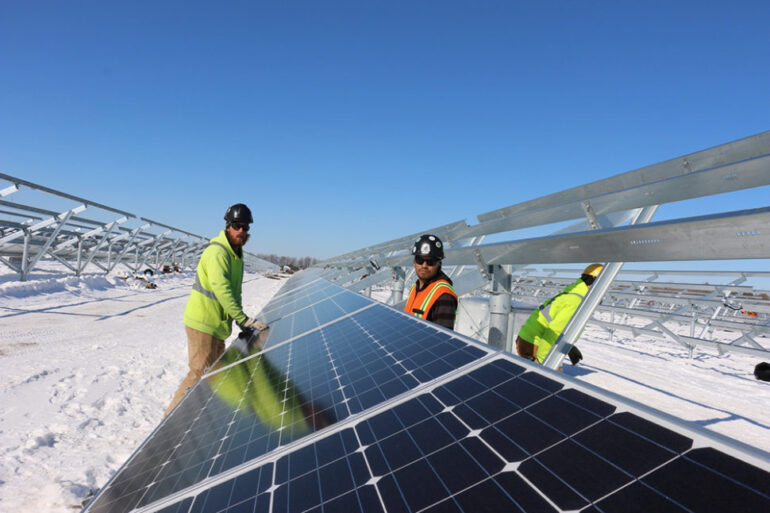As solar energy becomes increasingly popular, the need for qualified and trained professionals to install and maintain these systems has become more important. Solar energy installation is not without risks, and training is crucial to mitigate these risks. This article will discuss the importance of training in mitigating risks in solar energy installation.
Risks in Solar Energy Installation:
Solar energy installation involves working with electrical components and climbing onto roofs, which are inherently risky activities. The risks include electrical shock, falls, and even death. The installation process also involves working with heavy equipment, including panels and inverters, which can cause serious injury if not handled properly.
Mitigating Risks with Training:
Training is crucial in mitigating the risks associated with solar energy installation. Proper training ensures that workers are aware of the risks and know how to use equipment safely. This reduces the likelihood of accidents occurring during installation and maintenance.
Training should cover a range of topics, including electrical safety, working at heights, and handling heavy equipment. Workers should also be trained in how to identify and mitigate hazards on the job site. They should be able to identify potential hazards, such as live wires, and know how to avoid them.
Training should be ongoing and include regular updates on new equipment and safety procedures. This ensures that workers are up-to-date on the latest safety standards and best practices.
The Role of Certification:
Certification is an important part of training in the solar energy industry. Certification ensures that workers have the necessary knowledge and skills to perform their jobs safely and effectively. It also provides a level of assurance to customers that the installation has been completed to a high standard. Certification programs should be accredited and cover all aspects of solar energy installation. They should also require ongoing training and updates to maintain certification.
Conclusion
The risks associated with solar energy installation are significant, but they can be mitigated with proper training. Training should cover electrical safety, working at heights, and handling heavy equipment. Ongoing training and certification are crucial to ensure that workers are up-to-date on the latest safety standards and best practices. By investing in training, the solar energy industry can ensure that installations are completed safely and effectively, protecting both workers and customers.


